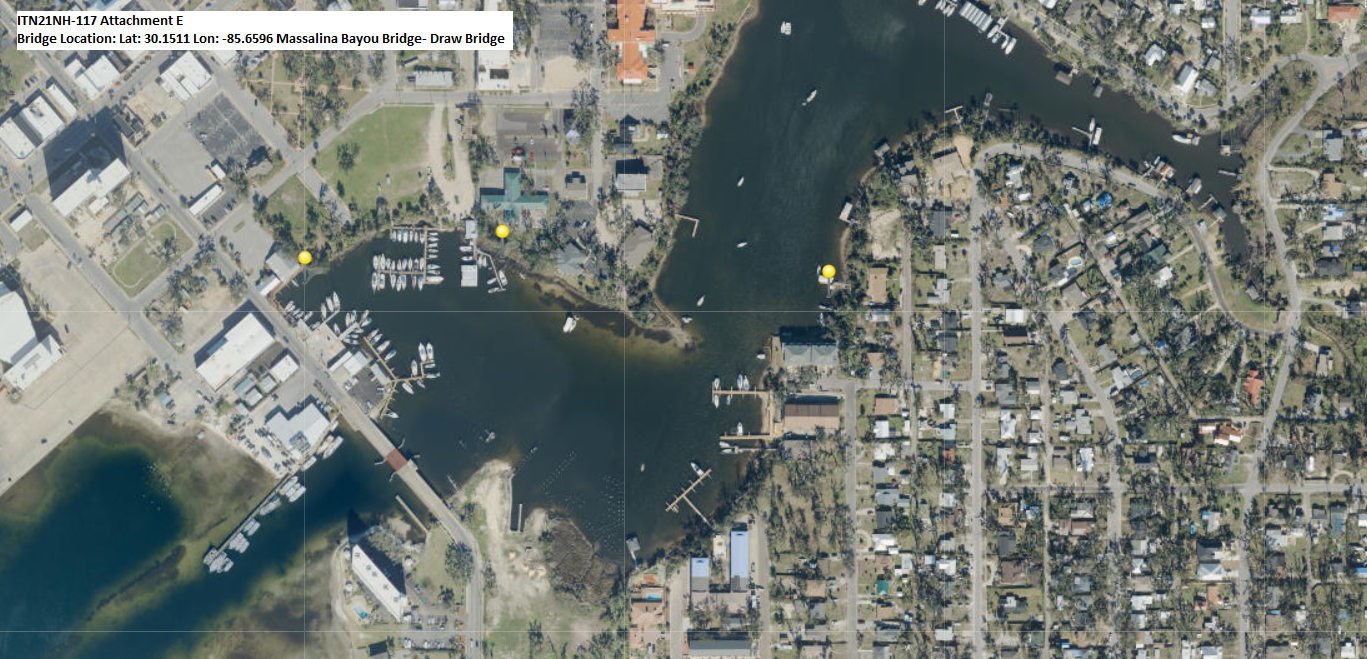

#Connect uf dropvox download
Because his colleagues have poor internet access and can’t download large video files, being able to watch videos directly in Dropbox is critical. One professor in the College of Pharmacy uses Dropbox to collaborate with researchers in Nigeria. “Our users have found that using Dropbox reduces the miscommunication that can result from emailing documents back and forth,” said Blanchard. For researchers, Dropbox serves as a key space for internal and external collaboration on grants. UF’s deployment now extends to over 5,000 employees. “Making the choice to deploy Dropbox allowed all that work to continue, uninterrupted, in the most secure way possible.” “From talking to our IT directors, our professors and our staff, we could see users were accomplishing a lot of great work on Dropbox that wouldn’t necessarily translate to another tool,” said CIO Elias Eldayrie. Instead of removing access to Dropbox-and forsaking user workflows and data-UF decided to embrace it by investing in a university account. “Over time, those users turned to Dropbox for a tool that would allow them to collaborate with the least hassle.” “With the tools we had in place, users had problems with sharing policies and collaborating on complex file types,” said Associate CIO Saira Hasnain. Eventually, as part of a security initiative, UF’s central IT team cast its eye toward the university’s unmanaged Dropbox usage and found there were strong Dropbox collaboration networks across the university. The spread of data and processes across systems was having a negative impact on both security and collaboration.Īs collaboration needs grew, so did Dropbox usage. “Getting everyone to follow the same processes takes a lot of work.” IFAS found that, in the absence of a user friendly option, employees were turning to personal Dropbox accounts to overcome the distances between them. “The hardest part of what we do isn’t technology, it’s communication,” said IFAS IT Director Dan Cromer. But standardizing tools and processes across those locations can be a struggle. For UF’s Institute of Food and Agricultural Science, which manages the school’s land grant obligations, that means a cooperative extension center in each of Florida’s 67 counties, and a total of 102 facilities statewide.įor the Institute’s IT team, this presents huge physical barriers to collaboration that must be addressed with technology. But for the University of Florida, this challenge-and the technology required to solve it-are especially crucial. Because UF is a land grant university, it’s required by law to have a physical presence in every county in Florida to provide educational resources to the state’s residents. With the rise of satellite campuses and remote work, many universities are trying to find ways to improve collaboration between locations. The challenge Uniting a campus through technology


 0 kommentar(er)
0 kommentar(er)
